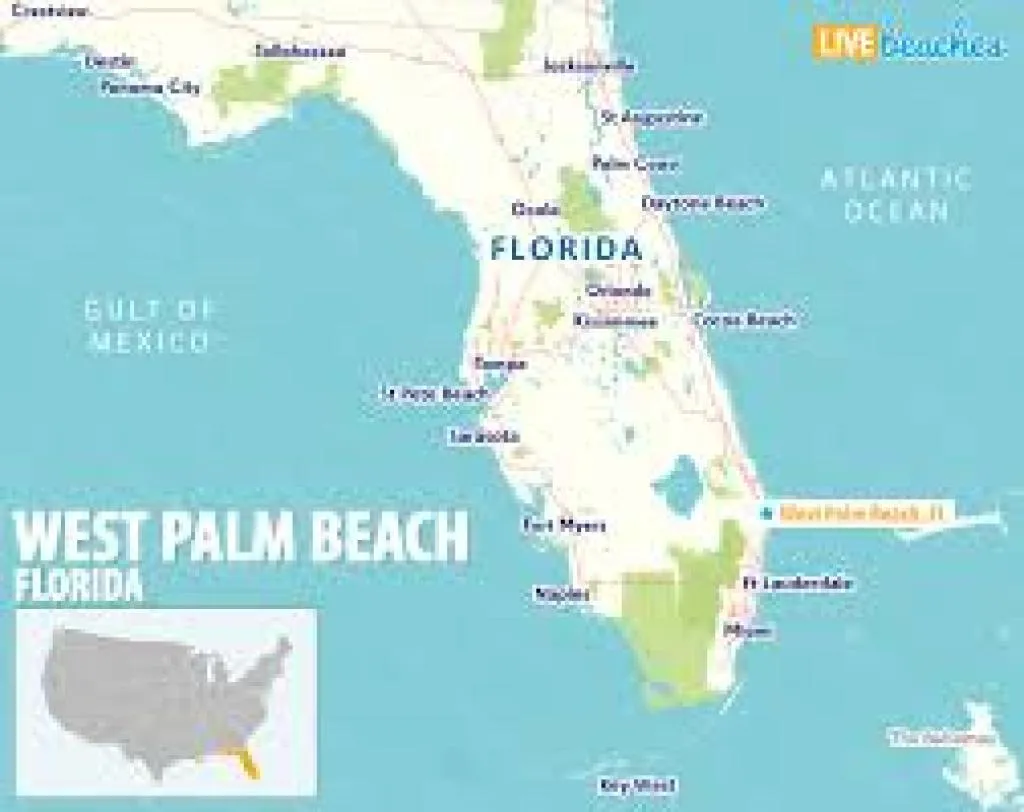History of West Miami, FL

Miami, Florida, is known worldwide for its vibrant culture, stunning beaches, and bustling nightlife. But beyond its modern attractions, Miami has a rich and diverse history that has shaped the city into what it is today. From its early Native American inhabitants to its role as a key player in international trade and tourism, Miami's history is a tapestry of varied influences and significant events.
Early Inhabitants and Spanish Exploration
Long before Miami became a thriving metropolis, the area was inhabited by Native American tribes, most notably the Tequesta. The Tequesta lived in the region for thousands of years, relying on the rich coastal environment for sustenance. They built their villages along the Miami River, engaging in fishing, hunting, and gathering.
The arrival of Spanish explorers in the 16th century marked the beginning of significant changes for the indigenous people. Juan Ponce de León is credited with the first recorded European visit to the area in 1513. The Spanish established missions and small settlements, but diseases brought by the Europeans and conflicts led to the decline of the Tequesta population.
From Spanish to British Control
In the 18th century, Florida, including the Miami area, changed hands between the Spanish and the British. The British gained control of Florida in 1763 after the Seven Years' War, only to return it to Spain two decades later as part of the Treaty of Paris, which ended the American Revolutionary War.
Under Spanish rule, the area remained sparsely populated, primarily by Seminole Native Americans who had moved southward into Florida. The Seminole Wars in the early 19th century were a series of conflicts between the United States and the Seminole tribe, which significantly impacted the region.
American Settlement and Development
Florida became a U.S. territory in 1821, and Miami's modern history began to take shape. The area saw limited development until Julia Tuttle, a local citrus grower known as the "Mother of Miami," played a pivotal role in attracting Henry Flagler, a prominent industrialist, to extend his Florida East Coast Railway to Miami in 1896. Tuttle's efforts included offering land and convincing Flagler of the region's potential for growth.
The arrival of the railway transformed Miami from a small settlement into a bustling city. On July 28, 1896, Miami was officially incorporated with a population of just over 300 people. The city's strategic location and the promise of economic opportunities attracted settlers, and Miami began to grow rapidly.
Early 20th Century Boom and the Land Bust
The early 20th century saw Miami experiencing significant growth, driven by real estate development and tourism. The city's warm climate and beautiful beaches attracted wealthy northerners looking for a winter retreat. The construction of luxury hotels and resorts, such as the Royal Palm Hotel, further established Miami as a premier vacation destination.
However, the Florida land boom of the 1920s was followed by a devastating bust. Speculative real estate investments led to a market collapse, and the 1926 Miami Hurricane caused widespread destruction, halting the city's rapid expansion. Despite these setbacks, Miami's resilience and appeal persisted.
Post-War Growth and Cultural Transformation
Following World War II, Miami experienced another wave of growth and transformation. The city became a major center for military training and operations during the war, which boosted the local economy. The post-war era brought an influx of new residents, including returning servicemen and families looking for new opportunities.
The 1959 Cuban Revolution had a profound impact on Miami's demographic and cultural landscape. Thousands of Cuban exiles fled to Miami, seeking refuge from Fidel Castro's regime. This wave of immigration significantly increased the city's population and introduced a vibrant Cuban culture that remains a defining feature of Miami today. Little Havana, a neighborhood in Miami, became the cultural and social hub for Cuban-Americans.
Modern Miami: A Global City
In the latter half of the 20th century, Miami continued to grow as a global city. The city's economy diversified, with finance, international trade, and tourism becoming major industries. Miami International Airport and the Port of Miami emerged as key gateways for international travel and commerce, connecting the Americas and beyond.
The city's cultural diversity expanded with additional waves of immigrants from Latin America, the Caribbean, and other parts of the world. This multiculturalism has contributed to Miami's unique identity, reflected in its cuisine, music, art, and festivals.
Challenges and Resilience
Miami has faced various challenges, including hurricanes, economic downturns, and social issues. The city has weathered these storms through resilience and innovation. Efforts to address climate change and rising sea levels are ongoing, as Miami is particularly vulnerable to the impacts of global warming.
The revitalization of neighborhoods like Wynwood and the growth of cultural institutions such as the Pérez Art Museum Miami (PAMM) and the Adrienne Arsht Center for the Performing Arts have bolstered Miami's reputation as a cultural and artistic hub.
Conclusion
Miami's history is a testament to its resilience and adaptability. From its early Native American inhabitants and Spanish explorers to its emergence as a global city, Miami has continually evolved, shaped by a diverse array of influences. Today, Miami stands as a vibrant, multicultural metropolis, known for its rich history, dynamic culture, and unwavering spirit. Whether you're drawn to its beautiful beaches, thriving arts scene, or dynamic economy, Miami offers something for everyone, making it a truly unique and remarkable city.
Relevant Topics to Miami, FL:
Question & Answers of Miami, FL:
Q: Who were the original inhabitants of the Miami area?
A: The original inhabitants of the Miami area were the Tequesta Native Americans. They lived in the region for thousands of years, relying on fishing, hunting, and gathering for sustenance. The Tequesta built their villages along the Miami River and were the primary residents until the arrival of European explorers.
Q: How did Miami get its start as a city?
A: Miami's modern history began to take shape when Julia Tuttle, known as the "Mother of Miami," convinced Henry Flagler to extend his Florida East Coast Railway to the area in 1896. This development transformed Miami from a small settlement into a bustling city. Miami was officially incorporated on July 28, 1896, with a population of just over 300 people.
Q: What impact did the Cuban Revolution have on Miami?
A: The Cuban Revolution of 1959 had a significant impact on Miami, leading to a large influx of Cuban exiles seeking refuge from Fidel Castro's regime. This wave of immigration greatly increased the city's population and introduced a vibrant Cuban culture, which is still a defining feature of Miami today. Little Havana, a neighborhood in Miami, became the cultural and social hub for Cuban-Americans.
Q: What industries have contributed to Miami's growth as a global city?
A: Miami's growth as a global city has been driven by a diverse range of industries, including finance, international trade, and tourism. Miami International Airport and the Port of Miami are key gateways for international travel and commerce, connecting the Americas and beyond. Additionally, the city's cultural diversity has contributed to its unique identity and economic vitality.
Q: How has Miami addressed the challenges of hurricanes and climate change?
A: Miami has faced various challenges, including hurricanes and the impacts of climate change. The city has developed resilience through innovation and preparedness. Efforts to address climate change and rising sea levels are ongoing, as Miami is particularly vulnerable to these issues. The city's focus on climate resilience includes infrastructure improvements and sustainability initiatives to protect its residents and economy.
Read More Articles about Miami, FL

History of Miami, FL
Explore the rich history, stunning beaches, and vibrant culture of Miami, FL. Discover the allure of this dynamic city today!
Twigden Service Areas
Get in Touch
Ft. Lauderdale, Florida
With years of experience in both the realty and construction industry Twigden Customized dwelling focuses on luxury Tailored estate builds. Serving the lower east coat of Florida, they offer the highest concierge level service available in the area. Taking care of everything for you so that all you have to do is move right in when you home is finished.
@ 2025 Twigden Custom Homes | All rights reserved| Sitemap | Privacy Policy | Powered By: House Reno Profits
Twigden Service Areas
Fort Lauderdale | West Palm Beach | Miami | Jupiter | Pompano Beach | | Boca Raton | Palm Beach Gardens | Palm Springs | Lake Worth | Boynton Beach | Delray Beach | Hollywood | Miami Beach
Get in Touch
Ft. Lauderdale, Florida
With years of experience in both the realty and construction industry Twigden Customized dwelling focuses on luxury Boutique residence builds. Serving the lower east coat of Florida, they offer the highest concierge level service available in the area. Taking care of everything for you so that all you have to do is move right in when you home is finished.
@ 2025 Twigden Custom Homes | All rights reserved| Sitemap | Privacy Policy | Powered By: House Reno Profits

